Details of the Target
General Information of Target
Probe(s) Labeling This Target
ABPP Probe
| Probe name | Structure | Binding Site(Ratio) | Interaction ID | Ref | |
|---|---|---|---|---|---|
|
YN-1 Probe Info |
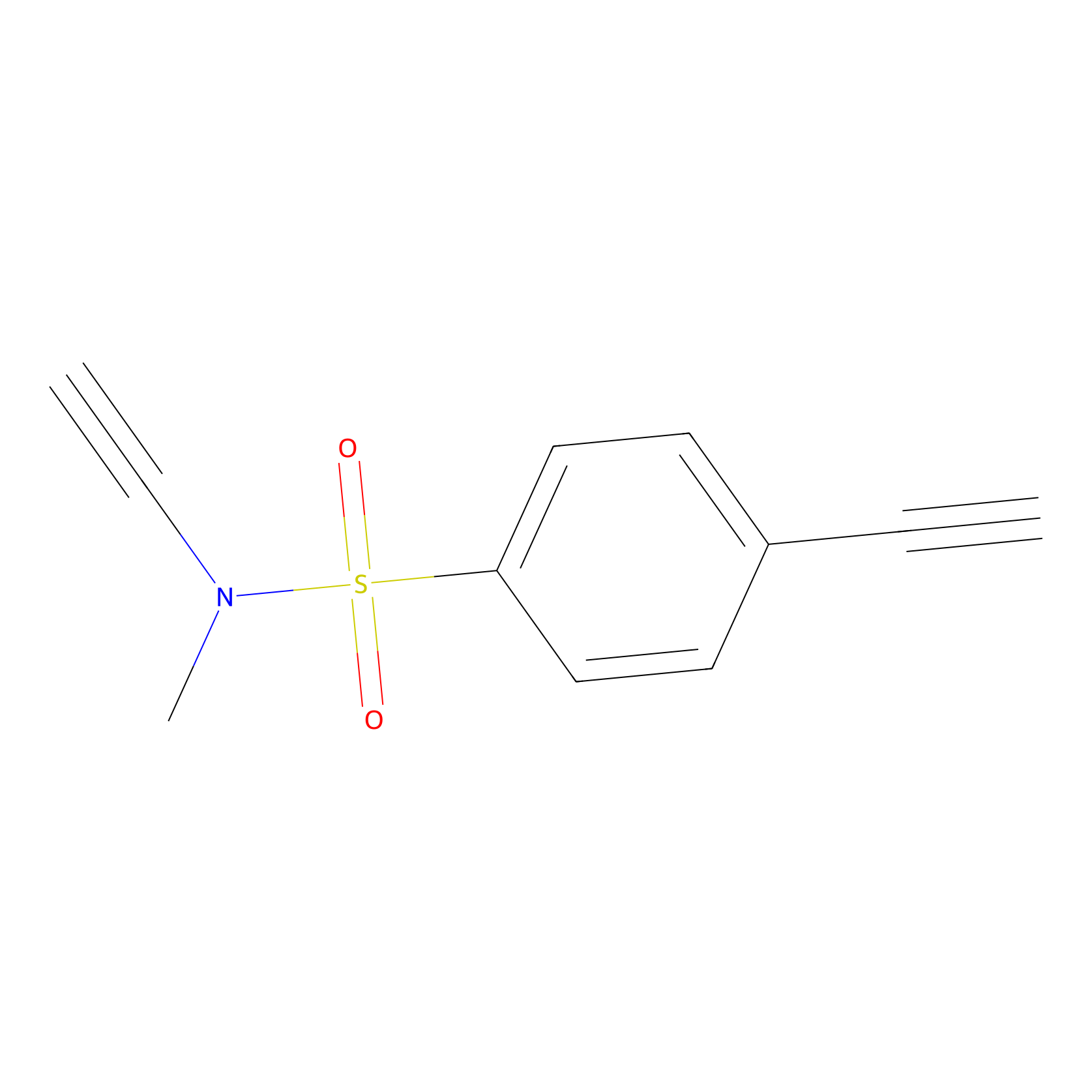 |
100.00 | LDD0444 | [1] | |
|
OPA-S-S-alkyne Probe Info |
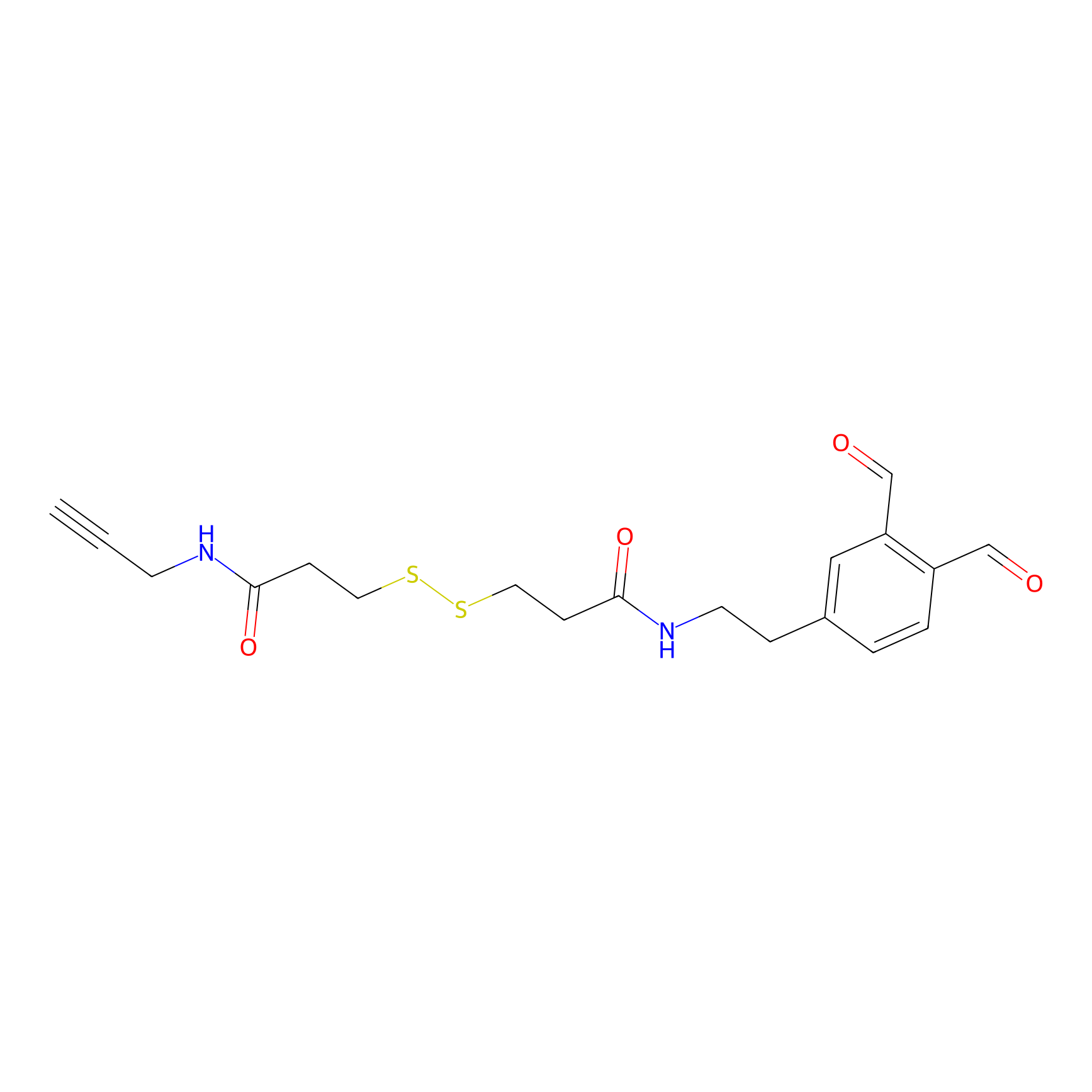 |
K67(1.69); K359(3.71); K469(4.19) | LDD3494 | [2] | |
|
BTD Probe Info |
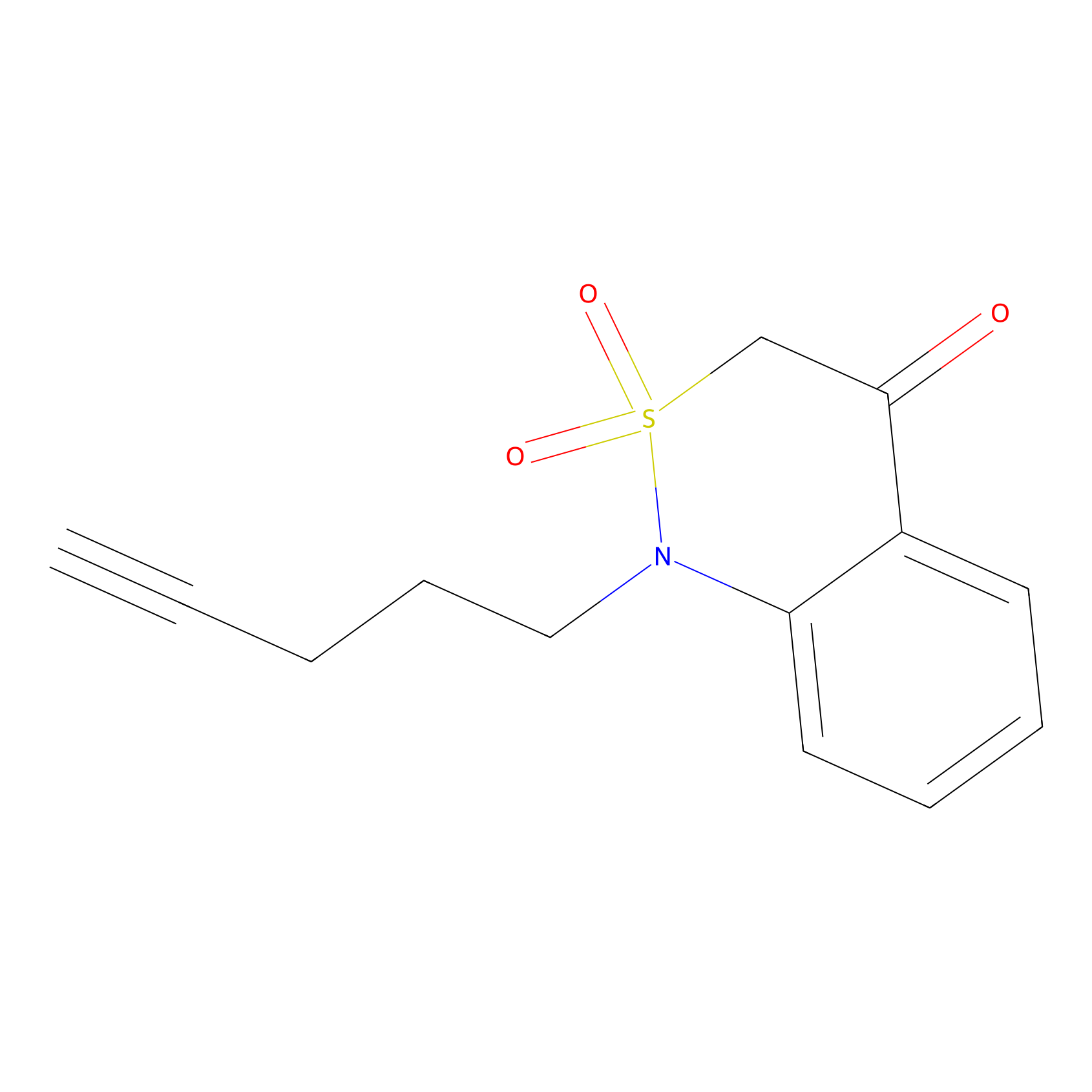 |
C332(1.28) | LDD2090 | [3] | |
|
DBIA Probe Info |
 |
C457(1.05); C92(0.95); C96(0.95); C48(0.87) | LDD0078 | [4] | |
|
IA-alkyne Probe Info |
 |
N.A. | LDD0166 | [5] | |
|
TFBX Probe Info |
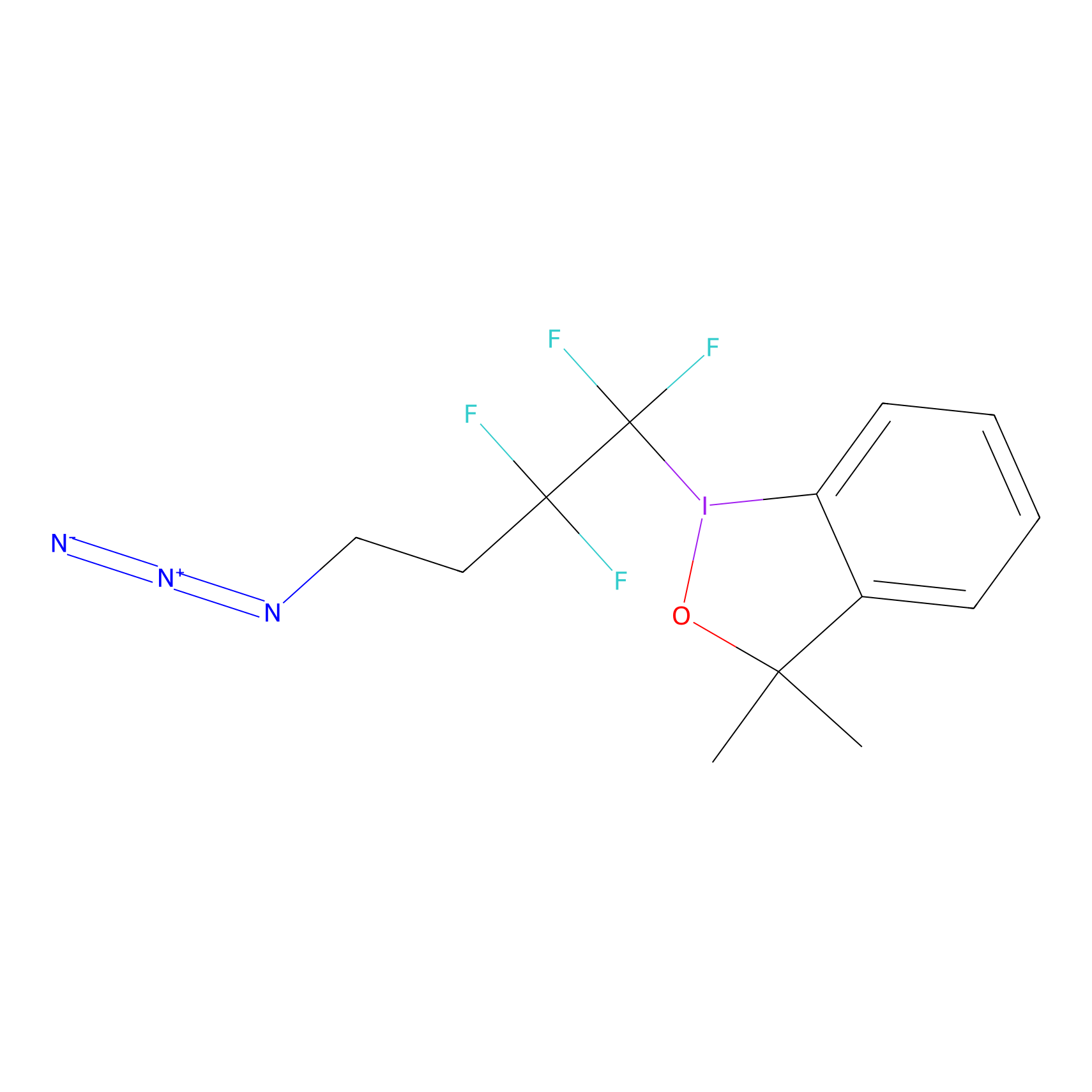 |
C332(0.00); C135(0.00) | LDD0148 | [6] | |
|
Crotonaldehyde Probe Info |
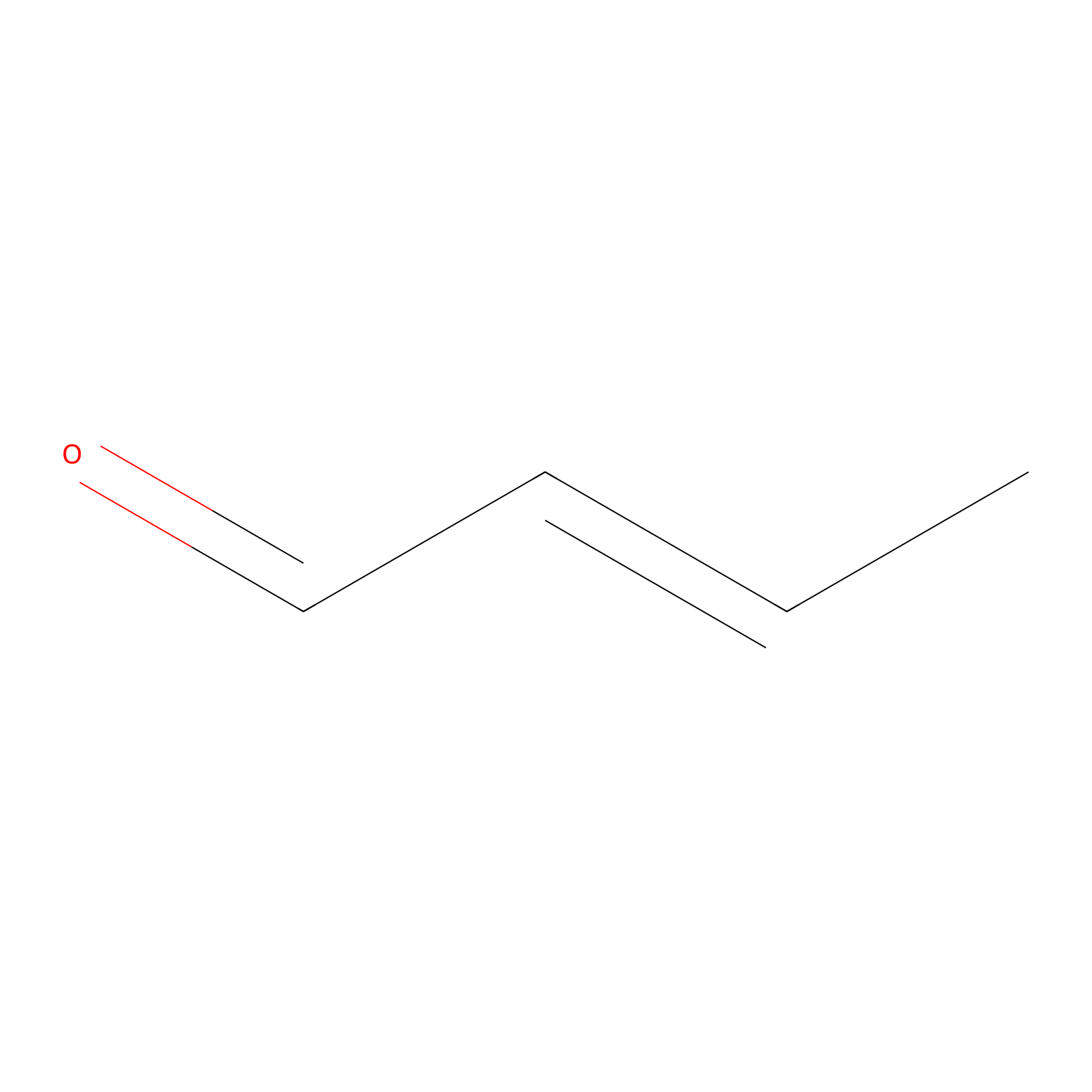 |
N.A. | LDD0219 | [7] | |
Competitor(s) Related to This Target
| Competitor ID | Name | Cell line | Binding Site(Ratio) | Interaction ID | Ref |
|---|---|---|---|---|---|
| LDCM0502 | 1-(Cyanoacetyl)piperidine | MDA-MB-231 | C332(0.95) | LDD2095 | [3] |
| LDCM0537 | 2-Cyano-N,N-dimethylacetamide | MDA-MB-231 | C332(1.22) | LDD2130 | [3] |
| LDCM0558 | 2-Cyano-N-phenylacetamide | MDA-MB-231 | C332(1.00) | LDD2152 | [3] |
| LDCM0539 | 3-(4-Isopropylpiperazin-1-yl)-3-oxopropanenitrile | MDA-MB-231 | C332(0.70) | LDD2132 | [3] |
| LDCM0538 | 4-(Cyanoacetyl)morpholine | MDA-MB-231 | C332(0.79) | LDD2131 | [3] |
| LDCM0545 | Acetamide | MDA-MB-231 | C332(0.86) | LDD2138 | [3] |
| LDCM0020 | ARS-1620 | HCC44 | C457(1.05); C92(0.95); C96(0.95); C48(0.87) | LDD0078 | [4] |
| LDCM0498 | BS-3668 | MDA-MB-231 | C332(1.05) | LDD2091 | [3] |
| LDCM0022 | KB02 | 42-MG-BA | C135(1.99) | LDD2244 | [8] |
| LDCM0023 | KB03 | 769-P | C332(3.07); C135(4.65) | LDD2663 | [8] |
| LDCM0024 | KB05 | G361 | C332(2.33); C135(3.48); C371(2.68) | LDD3311 | [8] |
| LDCM0528 | N-(4-bromophenyl)-2-cyano-N-phenylacetamide | MDA-MB-231 | C332(1.43) | LDD2121 | [3] |
| LDCM0497 | Nucleophilic fragment 11b | MDA-MB-231 | C332(1.28) | LDD2090 | [3] |
| LDCM0504 | Nucleophilic fragment 15a | MDA-MB-231 | C332(0.47) | LDD2097 | [3] |
| LDCM0506 | Nucleophilic fragment 16a | MDA-MB-231 | C332(1.10) | LDD2099 | [3] |
| LDCM0507 | Nucleophilic fragment 16b | MDA-MB-231 | C332(1.05) | LDD2100 | [3] |
| LDCM0511 | Nucleophilic fragment 18b | MDA-MB-231 | C332(0.87) | LDD2104 | [3] |
| LDCM0513 | Nucleophilic fragment 19b | MDA-MB-231 | C332(0.87) | LDD2106 | [3] |
| LDCM0514 | Nucleophilic fragment 20a | MDA-MB-231 | C332(1.01) | LDD2107 | [3] |
| LDCM0515 | Nucleophilic fragment 20b | MDA-MB-231 | C332(1.18) | LDD2108 | [3] |
| LDCM0516 | Nucleophilic fragment 21a | MDA-MB-231 | C332(1.11) | LDD2109 | [3] |
| LDCM0517 | Nucleophilic fragment 21b | MDA-MB-231 | C332(0.53) | LDD2110 | [3] |
| LDCM0518 | Nucleophilic fragment 22a | MDA-MB-231 | C332(0.91) | LDD2111 | [3] |
| LDCM0521 | Nucleophilic fragment 23b | MDA-MB-231 | C332(0.90) | LDD2114 | [3] |
| LDCM0523 | Nucleophilic fragment 24b | MDA-MB-231 | C332(1.51) | LDD2116 | [3] |
| LDCM0525 | Nucleophilic fragment 25b | MDA-MB-231 | C332(2.42) | LDD2118 | [3] |
| LDCM0527 | Nucleophilic fragment 26b | MDA-MB-231 | C332(0.52) | LDD2120 | [3] |
| LDCM0530 | Nucleophilic fragment 28a | MDA-MB-231 | C332(0.98) | LDD2123 | [3] |
| LDCM0531 | Nucleophilic fragment 28b | MDA-MB-231 | C332(1.66) | LDD2124 | [3] |
| LDCM0534 | Nucleophilic fragment 30a | MDA-MB-231 | C332(0.91) | LDD2127 | [3] |
| LDCM0535 | Nucleophilic fragment 30b | MDA-MB-231 | C332(0.55) | LDD2128 | [3] |
| LDCM0540 | Nucleophilic fragment 35 | MDA-MB-231 | C332(0.69) | LDD2133 | [3] |
| LDCM0542 | Nucleophilic fragment 37 | MDA-MB-231 | C332(0.56) | LDD2135 | [3] |
| LDCM0543 | Nucleophilic fragment 38 | MDA-MB-231 | C332(1.12); C457(0.79) | LDD2136 | [3] |
| LDCM0544 | Nucleophilic fragment 39 | MDA-MB-231 | C332(1.10) | LDD2137 | [3] |
| LDCM0546 | Nucleophilic fragment 40 | MDA-MB-231 | C332(1.09) | LDD2140 | [3] |
| LDCM0547 | Nucleophilic fragment 41 | MDA-MB-231 | C332(0.57) | LDD2141 | [3] |
| LDCM0549 | Nucleophilic fragment 43 | MDA-MB-231 | C332(0.39) | LDD2143 | [3] |
| LDCM0550 | Nucleophilic fragment 5a | MDA-MB-231 | C332(0.76) | LDD2144 | [3] |
| LDCM0552 | Nucleophilic fragment 6a | MDA-MB-231 | C457(0.88) | LDD2146 | [3] |
| LDCM0553 | Nucleophilic fragment 6b | MDA-MB-231 | C332(0.58) | LDD2147 | [3] |
| LDCM0556 | Nucleophilic fragment 8a | MDA-MB-231 | C332(1.25) | LDD2150 | [3] |
| LDCM0557 | Nucleophilic fragment 8b | MDA-MB-231 | C332(1.00) | LDD2151 | [3] |
| LDCM0559 | Nucleophilic fragment 9b | MDA-MB-231 | C332(1.94) | LDD2153 | [3] |
The Interaction Atlas With This Target
The Protein(s) Related To This Target
Transporter and channel
| Protein name | Family | Uniprot ID | |||
|---|---|---|---|---|---|
| Integrin alpha-L (ITGAL) | Integrin alpha chain family | P20701 | |||
| Calcium and integrin-binding protein 1 (CIB1) | . | Q99828 | |||
Other
The Drug(s) Related To This Target
Approved
| Drug Name | Drug Type | External ID | |||
|---|---|---|---|---|---|
| Isis 1570 | Antisense drug | D00OTT | |||
| Natalizumab | BiotechDrug | DB00108 | |||
| Hyaluronic Acid | Small molecular drug | DB08818 | |||
Phase 3
| Drug Name | Drug Type | External ID | |||
|---|---|---|---|---|---|
| Alicaforsen | Antisense drug | D0P9BT | |||
Investigative
Discontinued
| Drug Name | Drug Type | External ID | |||
|---|---|---|---|---|---|
| Inxc-icam1 | Antisense drug | D0M0UV | |||
References
